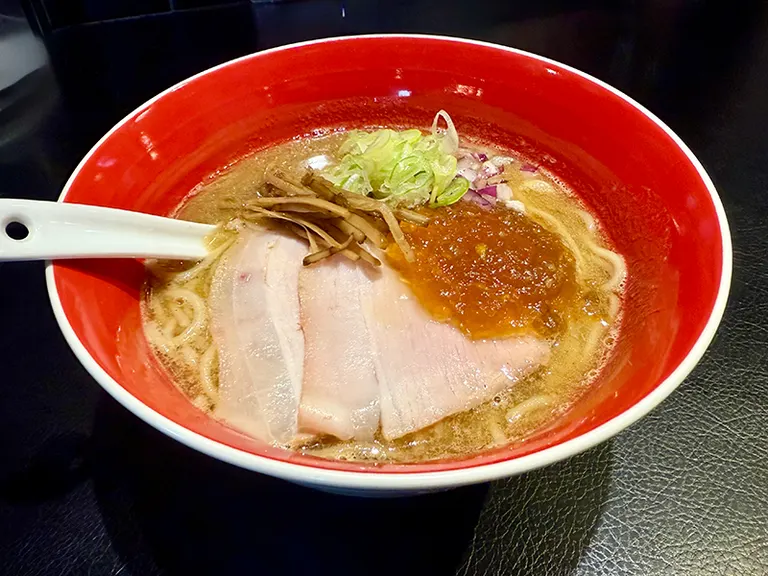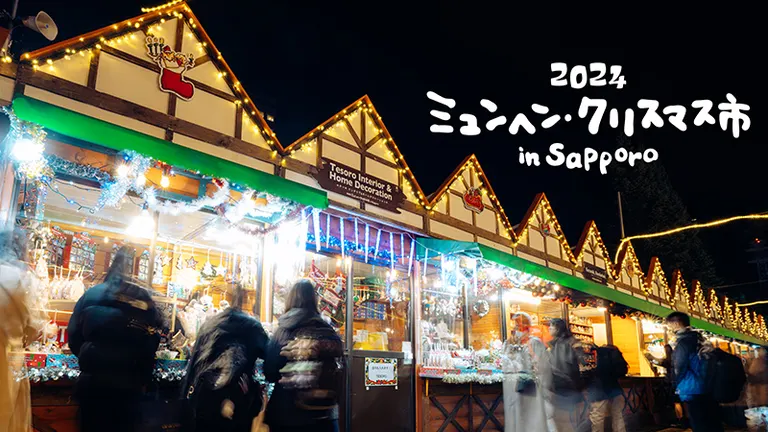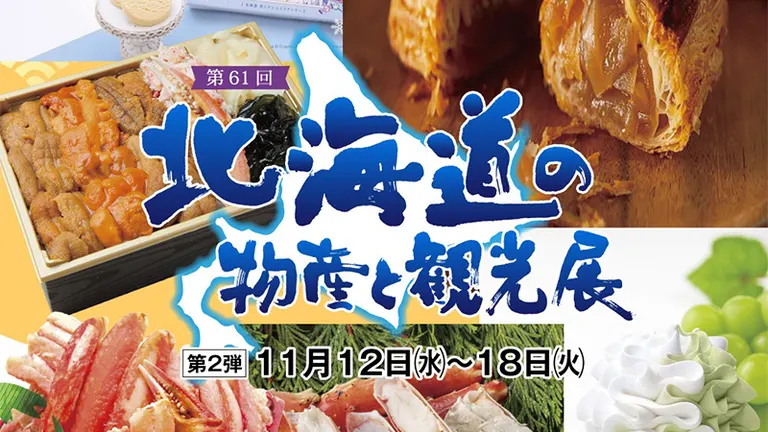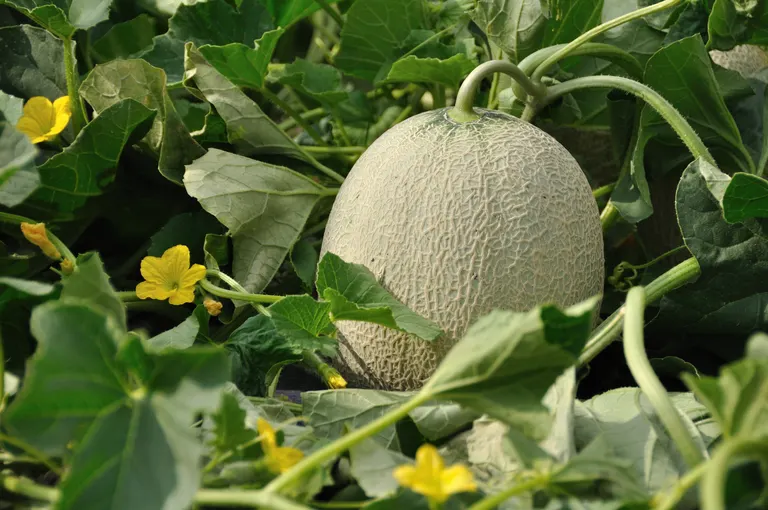
ARTICLES
A sweet, soft and juicy treat that evokes summer! The process of making the handmade "Yubari Melon"
It is a luxury melon that can only be eaten during the summer, and on special occasions. This time, let's take a look at Yubari Melon, which has bright orange flesh and a delightful sweetness that fills your mouth with just one bite!
■Yubari City ・Tourism site ■JA Yubari City ・Homepage ・Online shop ■ Hometown Tax ・Hometown Choice
First of all, what is "Yubari Melon"?
The Yubari Melon is a well-known local product of Yubari City. It is a high-end brand of melon that is so well-known that there is probably no one who doesn't know its name, but there are probably not many people who know much about it.
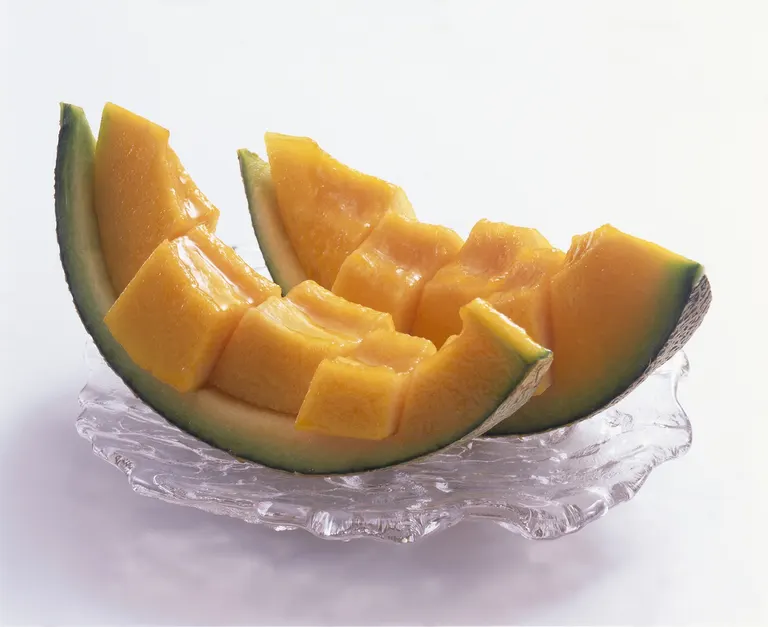
The melons sold as Yubari melons are of the "Yubari King" variety, which, as you can guess from the name, is only grown in Yubari, Hokkaido. The standard is set at a maximum of four melons per plant, and these carefully selected fruits are cultivated with great care to ensure they are packed with nutrients. Of all the melons that are grown with such great care, only the finest ones that pass rigorous inspections conducted by the producers themselves are delivered to us consumers as "Yubari Melon." We spoke with Ota Kengo, a producer who has been producing Yubari melons since his grandfather's generation.
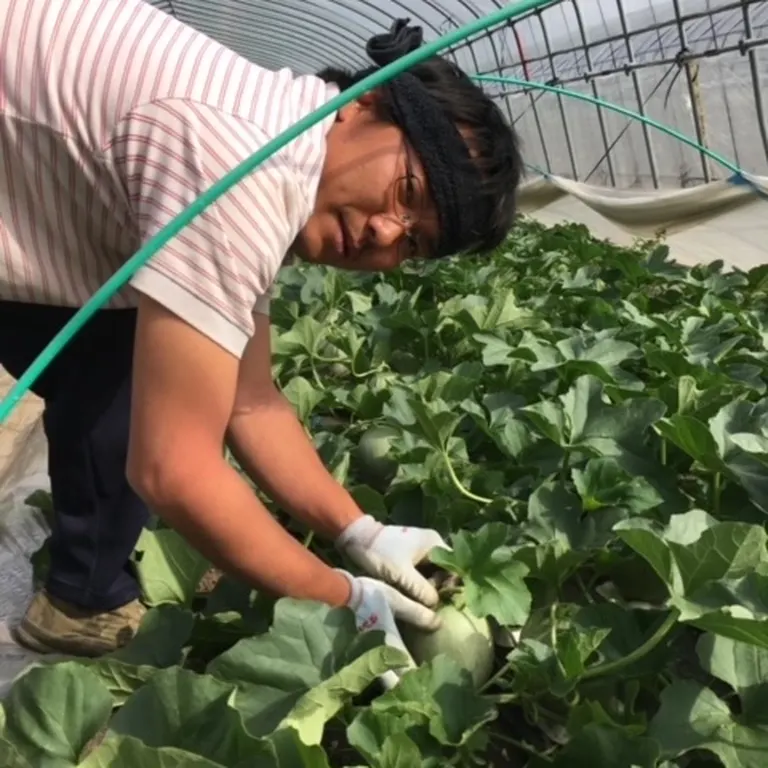
Photo courtesy of Kengo Ota
"Yubari Melon" made by 102 producers in Yubari city
As of 2021, there are 102 farms producing Yubari melons here in Yubari. Each farm grows an average of 6,000 melons.
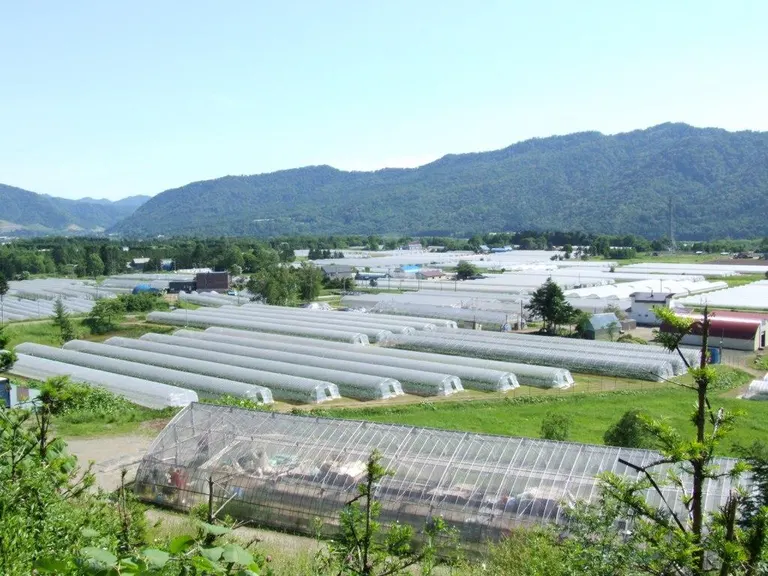
If nothing is done, melons will produce a lot of fruit, but Yubari Melon has set a standard of a maximum of four fruit per plant, and strives to produce delicious melons. Ota says that the reason Yubari melon has been able to build up such a great brand name is due to the producers' insatiable pursuit of flavor. "Yubari melons are a very difficult crop to grow, and the inspection standards are strict. All of this is for the sake of ensuring that consumers can enjoy our produce. We're satisfied when customers say 'It's delicious!' I think all farmers in Yubari feel that way."
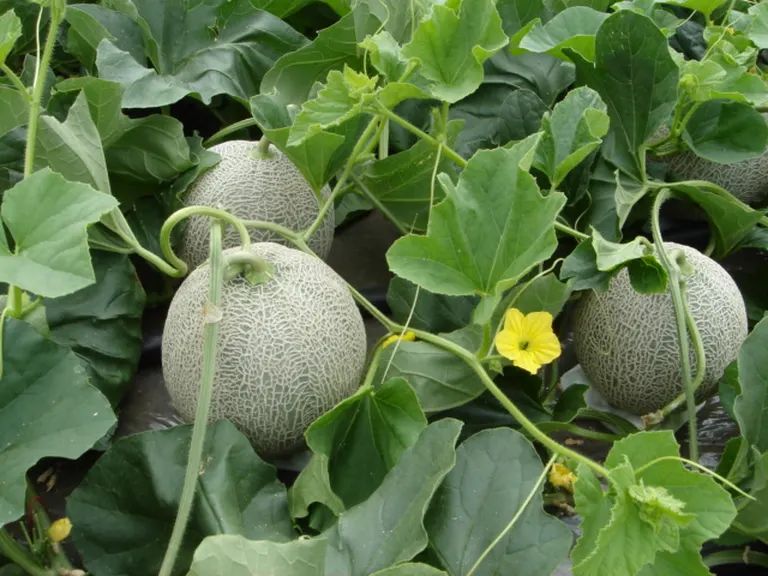
How "Yubari Melon" is made
For the 60 years since its birth, Yubari melon producers have continued to pursue the ultimate flavor. It is said to be very difficult to cultivate, so how exactly is it grown and delivered to consumers? The cultivation process can be depicted in a simple diagram like this:

The first step is sowing the seeds. In Ota's case, he sows the seeds in small batches over a period of three months, from mid-February to mid-May. By staggering the planting times, we are able to distribute the work and ensure a steady supply of produce over a three-month period.
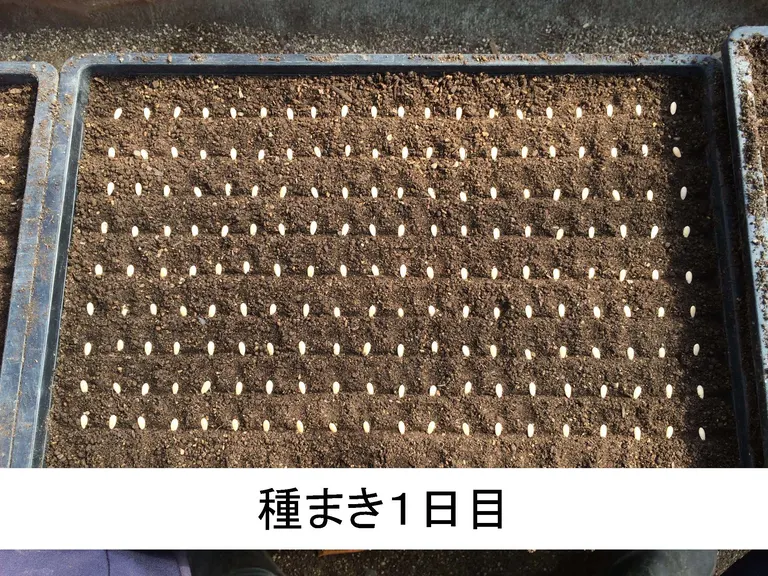
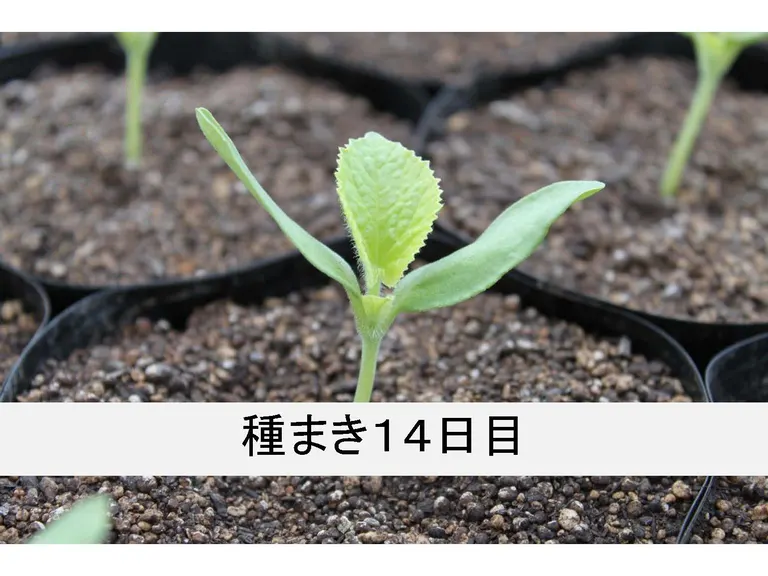
After various tasks are performed after germination, the seedlings are ready in one month. Apparently, it is the Yubari style to plant the seedlings about one month after sowing the seeds.
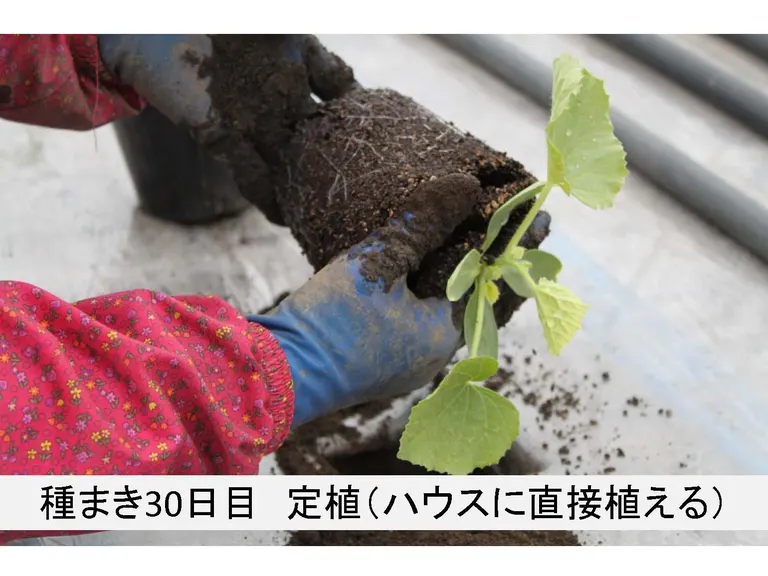
After planting, the next thing to do is an unfamiliar task called "topping." "Melons are a crop in which vines will grow in all directions if left unattended. 'Pinning out' is the process of breaking off unnecessary vines and removing leaves in order to produce the melon that the farmer is aiming for. It is such an important process that it is no exaggeration to say that it is 'everything in melon cultivation.'" Apparently this "top pinching" is done three times in total after planting: once a week, two weeks, and again just within three weeks! Even doing one plant seems like a difficult task, but Ota is cultivating a total of 10,000 plants, so it's hard to imagine how difficult this work must be.
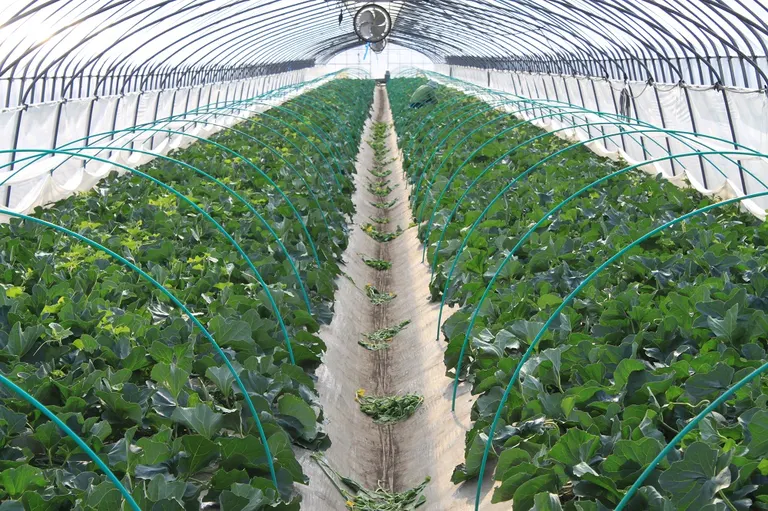
After pinching the tops three times, about one month after planting, the "cross-pollination" process is carried out, which is essential for melons to bear fruit. In Yubari, this process is carried out using a method called "natural cross-pollination," with the help of bees for pollination. The tops are pinched off twice more, once just before the bees are put in and once while they are in. This is the most difficult part, and it is said to have a big impact on the quality of the melon. "This is called 'pinching off the fruit core' and it is a very difficult task to decide which vines the melons will grow into in the future and pinch off the cores so that the nutrients will be concentrated there. If we fail here, the whole plant could perish, so it is such an important task that it is no exaggeration to say that all the preparations we have been making since the beginning of spring will be decided here."
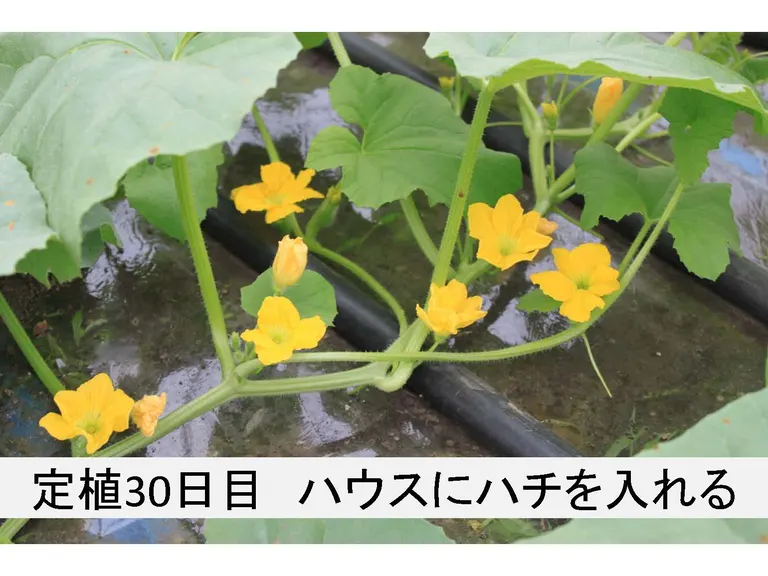
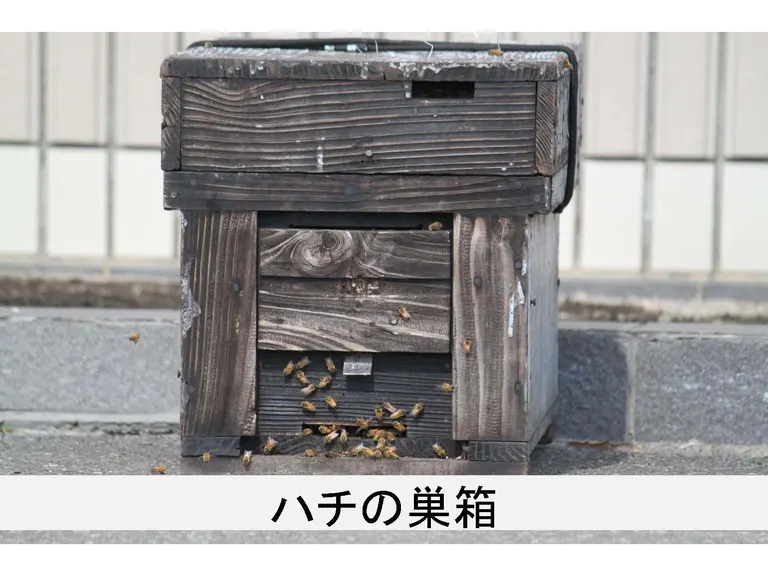
Once they have successfully gone through this process and completed the cross-pollination, the next step is "fruit thinning." Here, they decide which fruits will grow into melons, and pick off the rest. "When they are just a little bigger than the tip of your thumb, you can already tell what they will become. That's when you decide, 'I'm going to focus on these four this year.' The work of thinning out the rest is picking them off. At the same time, you also lay mats under the melons you've chosen."

From there comes "fertilization management," which is management to grow large, delicious melons. From this point on, the work content varies depending on the situation and the person, such as temperature and water management, and additional top pinching. "From this point on, the farmers put all their experience, knowledge, and skills to work. This is where their skills really shine. There are 102 producers here, but I don't think there are any two of them who do the exact same work." Up to this point, work was carried out precisely at many stages where no error was permitted, and the crop was finally harvested about 105 days after sowing. The melons, which are sown in mid-February, are harvested in early to mid-June. This is how Yubari melons, which are made with the utmost care for flavor, are grown.
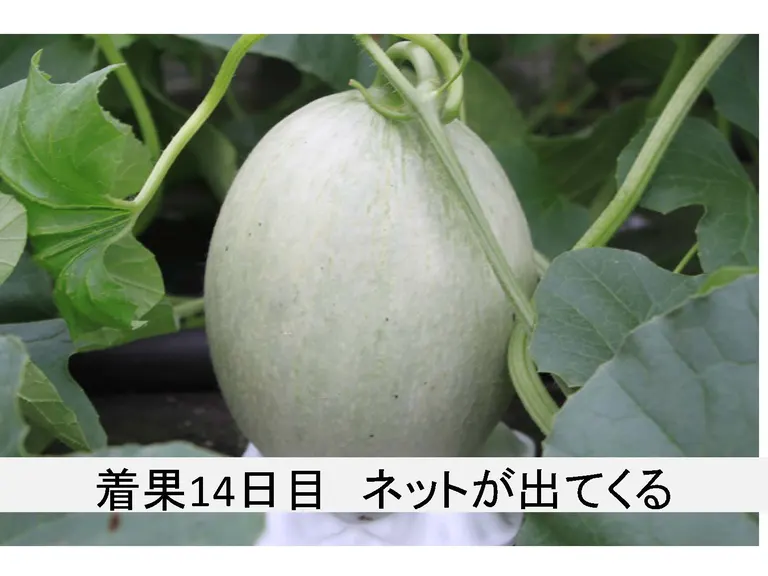
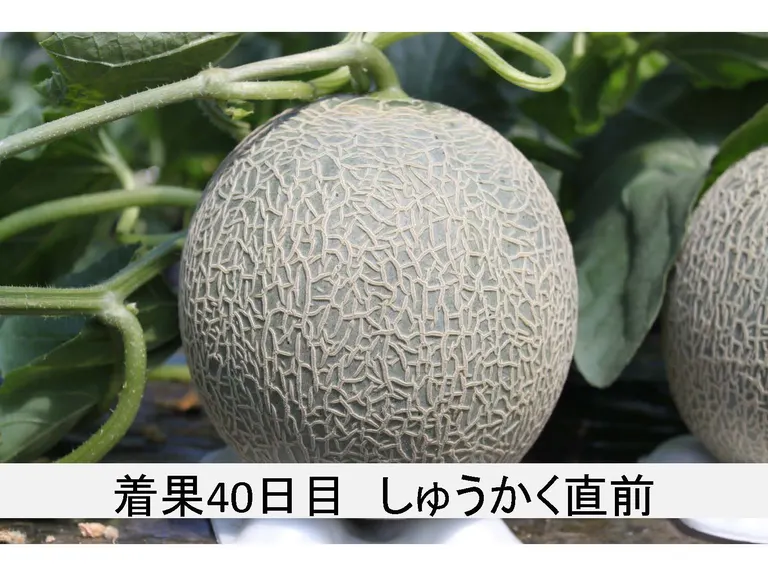
The work doesn't end here. The harvested melons are packed at each farm and inspected by "inspectors" selected as representatives of the producers, who check each one by hand against strict standards. Only the selected melons that pass the rigorous inspection are delivered to consumers as "Yubari Melons." The Yubari melon is characterized by its soft flesh, sweetness, and mellow aroma. It takes only 3-4 days from harvest to when it is ready to eat, so inspection and shipping are done quickly. I was thrilled to learn that I was able to enjoy the melons in such a delicious condition thanks to the producers and the JA Yubari City staff.
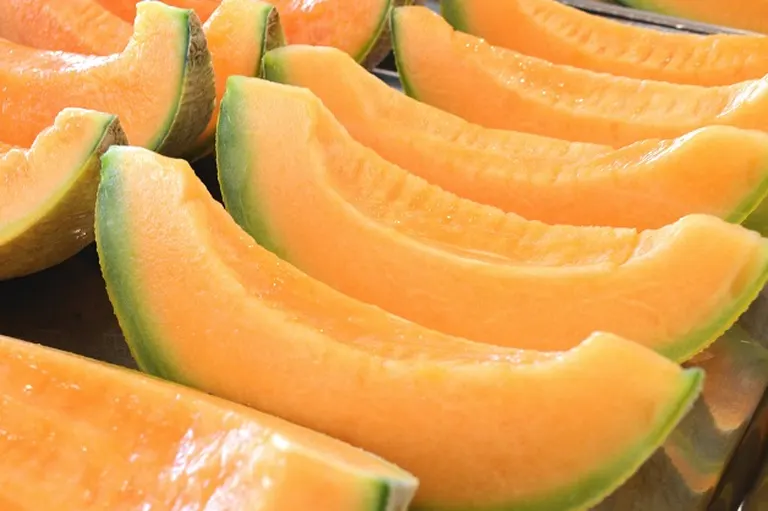
"Yubari Melon" is a very precious fruit whose deliciousness is created by the "hands" of the producers, from cultivation to harvesting and inspection. If you know the background of cultivation, you will understand the reason for its high price, and you will want to eat it while expressing your gratitude to the producers.
Ota's thoughts: "I want to produce more delicious melons next year than this year!"
Ota says that growing Yubari melons is extremely difficult, but "it's interesting precisely because it's difficult." We spoke to Mr. Ota, who continues to produce Yubari melons in Yubari with a particular focus on flavor, about his future prospects. "I always want to make even more delicious melons next year than I did this year. If I can make even a slightly more delicious melon than I did in the past, I think that's growth. And as a producer, I want to make sure that Yubari melons do not disappear. But I definitely don't want to simply increase the number of melons and lower the quality. I also feel a sense of responsibility to carry on the brand that my grandfather, father, and other farmers around me have built up. The reason why Yubari melons have become so established as a brand is not because of their shape or the cultivation method, but simply because of their good taste. Therefore, the most important thing is to ensure that the taste is not compromised. I would like to further improve the taste and create something that does not disappoint customers.
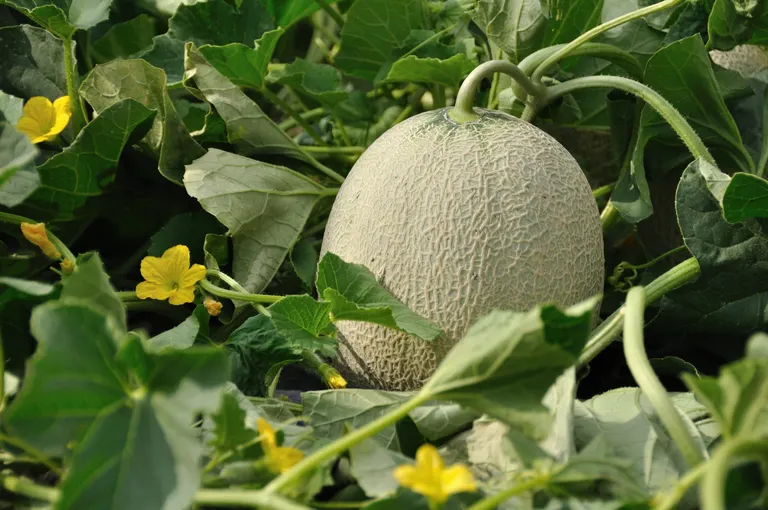
Be sure to try the Yubari melon, which is made with such passion, next summer!
[Quick note] The Yubari Melon was born 60 years ago, in 1961. Although the Yubari Melon has now built up an established brand, back when green-fleshed melons were the norm, it was sometimes mockingly called the "pumpkin melon." To learn about the history of this miracle melon, which overcame difficult times thanks to the indomitable spirit of Yubari's farmers and has come to be loved all over the country, please read the JA Yubari City Online Shop website. JA Yubari City Online Shop "The Story of the Birth of Yubari Melon"
■Yubari City ・Tourism site ■JA Yubari City ・Homepage ・Online shop ■ Hometown Tax ・Hometown Choice
■Recommended for those who read this article! ・Mount Racey is scheduled to open this year! Yubari City is a place where nature and man-made structures create beautiful scenery. ・He might even show up in your house! What is Yubari's "not-so-easy" character, "Melon Bear"? "I hated Yubari" - Mone House's Sugawara creates T-shirts to "change the image of Yubari"






